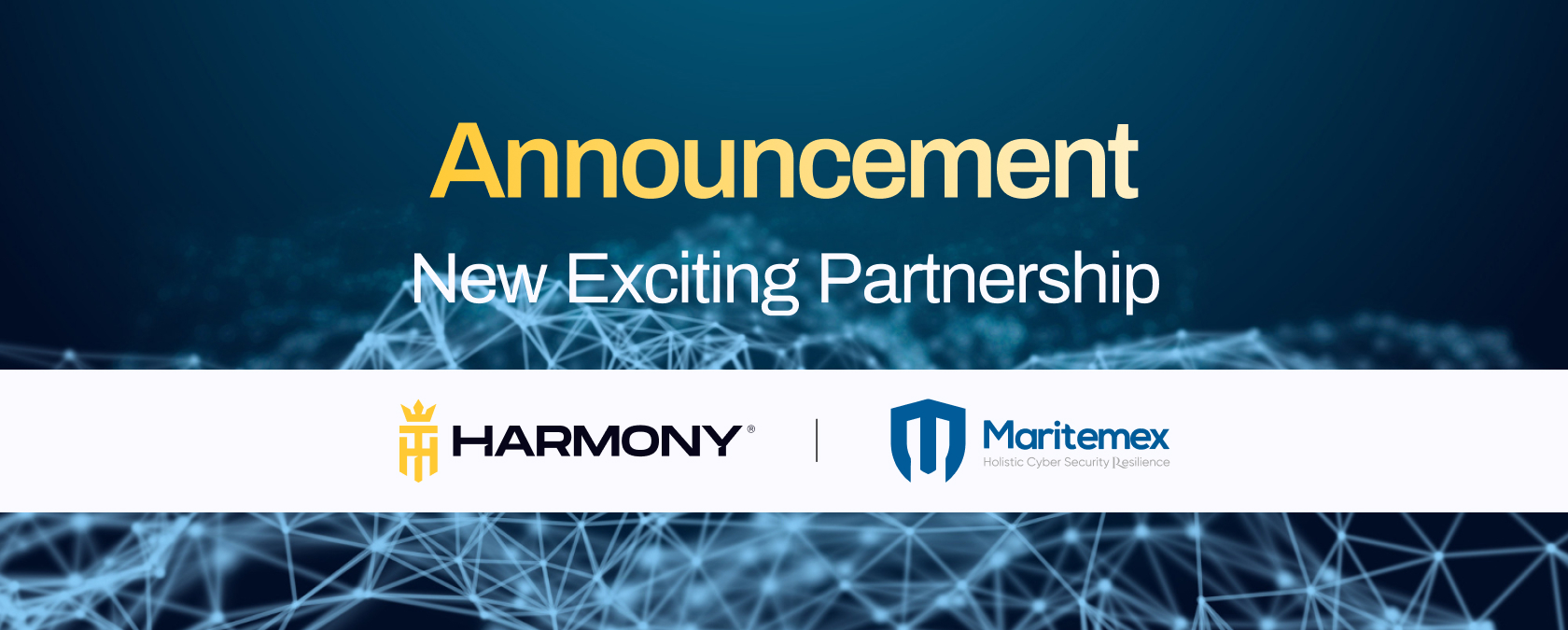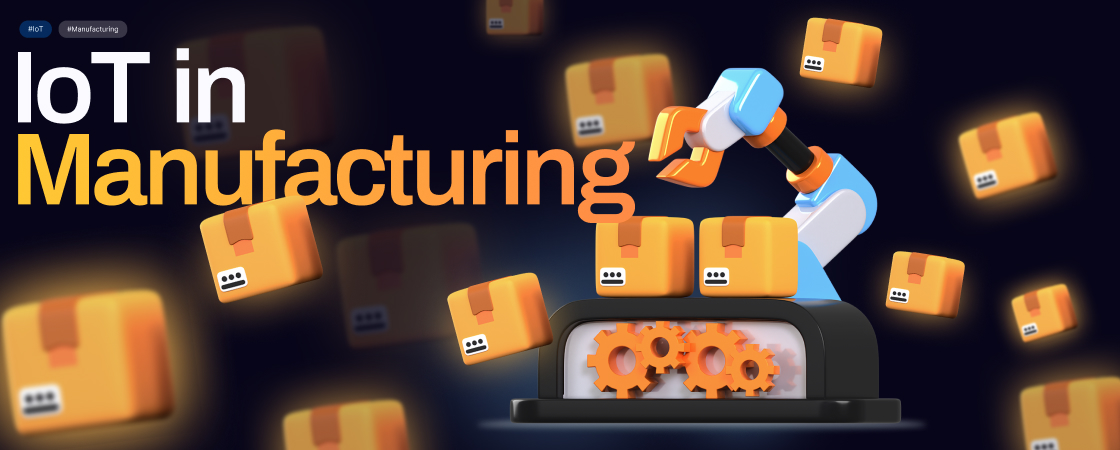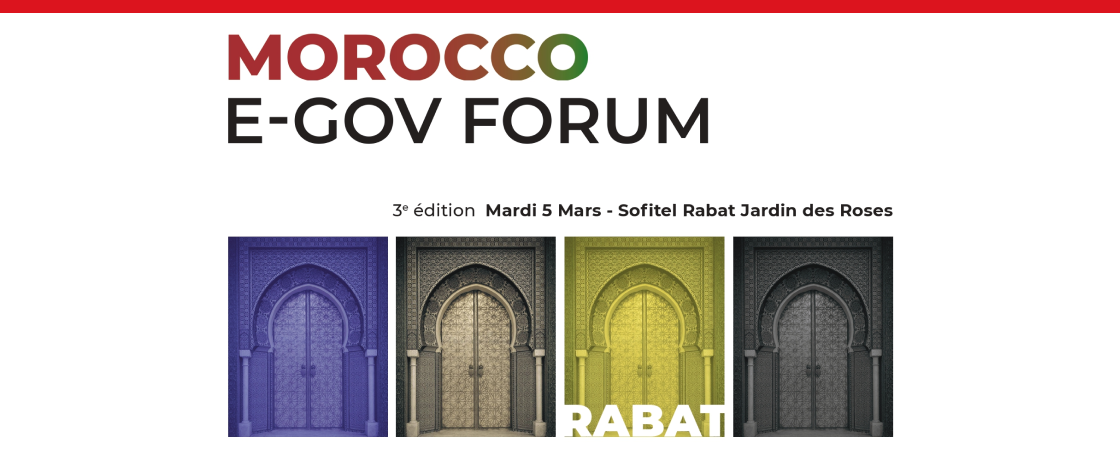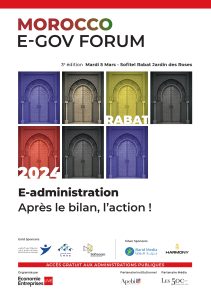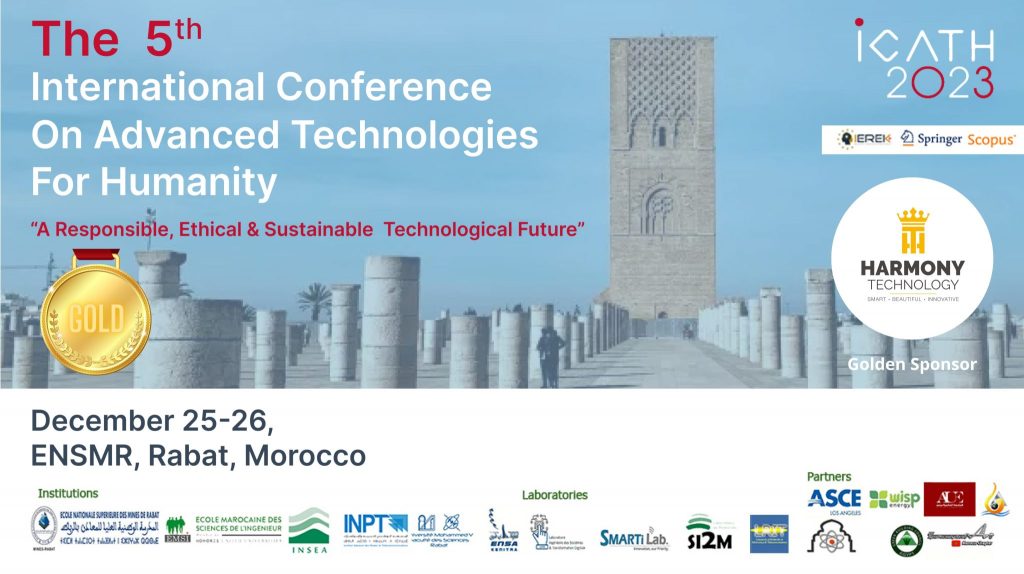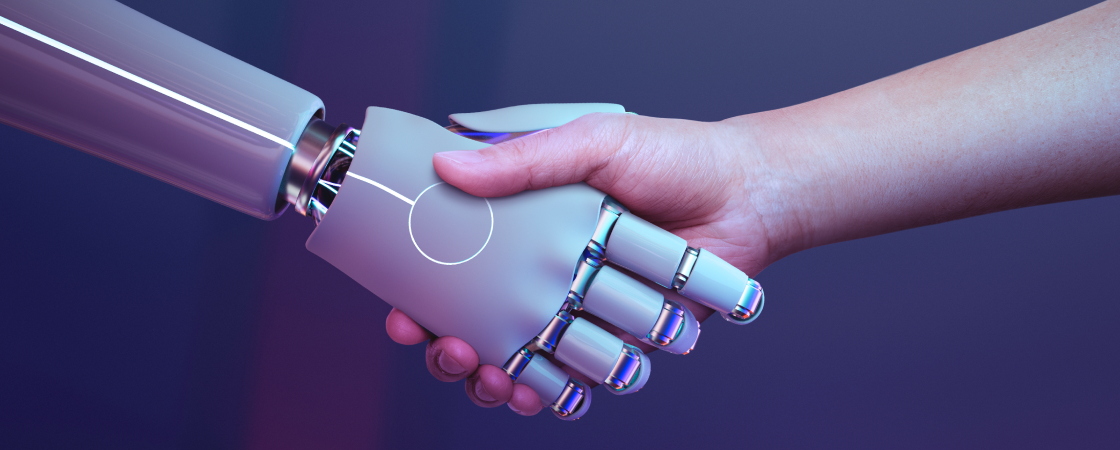Rabat, Morocco – 5th April 2024
Harmony Technology, a leading Moroccan provider of knowledge management and data processing services, is pleased to announce a strategic partnership with Maritemex, a joint venture by Templar Executives in Morocco. This collaboration marks a significant step forward in strengthening cybersecurity initiatives on both a national and global scale.
Harmony Technology is renowned for its innovative programs designed to meet the specific needs of businesses, corporations, and various industries. As a leading supplier and integrator of Internet of Things (IoT) programs and Radio Frequency Identification (RFID) solutions, Harmony Technology has been at the forefront of digitalization across numerous sectors. The company’s recent establishment of a dedicated Cyber Business Unit and this partnership with Maritemex further solidify their commitment to advancing cyber resilience based on industry best practices.
Maritemex brings a wealth of experience in delivering robust cybersecurity services and solutions to a diverse range of industries. They collaborate extensively with governments, businesses, and academic institutions. The Maritemex Templar Cyber Academy offers a comprehensive portfolio of training and education programs, including courses accredited by the UK’s National Cyber Security Centre (NCSC). Maritemex is also spearheading the development of the ‘Cyber Centre of Excellence for Africa,’ reflecting Morocco’s position as a leader in African cybersecurity and underpinning its status as the most connected country on the continent, boasting an internet penetration rate exceeding 88% and continuing to grow.
Under the leadership of King Mohammed VI, Morocco is actively pursuing its digital agenda. The Moroccan government recognizes the critical importance of cybersecurity in this endeavor and has implemented a series of key initiatives to strengthen the country’s cyber posture and safeguard its ‘Digital Sovereignty.’ These initiatives include the establishment of the General Directorate of Information Systems Security (DGSSI) as the national cybersecurity authority, a focus on human resource development and upskilling programs, and efforts to bolster the resilience of information systems, particularly those pertaining to critical national infrastructure. Additionally, Morocco fosters international and regional cooperation to facilitate collaboration and knowledge sharing in the ever-evolving cybersecurity landscape.
Mohammed BOUZOUI, CEO of Harmony Technology, stated: “Our collaboration with Maritemex represents a significant milestone in our mission to enhance cyber resilience in Morocco and beyond. By combining our expertise and resources, we are well-positioned to address the complexities of the cybersecurity landscape and deliver impactful solutions to our clients.”
“We are thrilled to partner with Harmony Technology and embark on this exciting journey together,” said Andrew Fitzmaurice, co-President of Maritemex. “Morocco is unwavering in its commitment to safeguarding its Digital Sovereignty and has made significant progress in bolstering its cybersecurity capabilities. Through this strategic partnership, Maritemex and Harmony Technology aim to leverage our combined expertise to support this national agenda, as well as initiatives across the region and internationally.”
For more information, please email [email protected]
About Harmony Technology
Harmony Technology is a Moroccan company specializing in knowledge management and data processing services. Harmony Technology develops innovative programs and intelligent tools to empower their clients in achieving their objectives. Backed by a dedicated team of experts, Harmony Technology fosters enduring partnerships with their clients, ensuring their confidence and success in their projects.
About Maritemex
Maritemex is an international cybersecurity company enabling governments and businesses by delivering a full spectrum of Cyber services and solutions. This includes the Maritemex Cyber Academy which promotes and develops cyber skills and learning to support individuals, businesses and governments in an increasingly digital and interconnected world.


